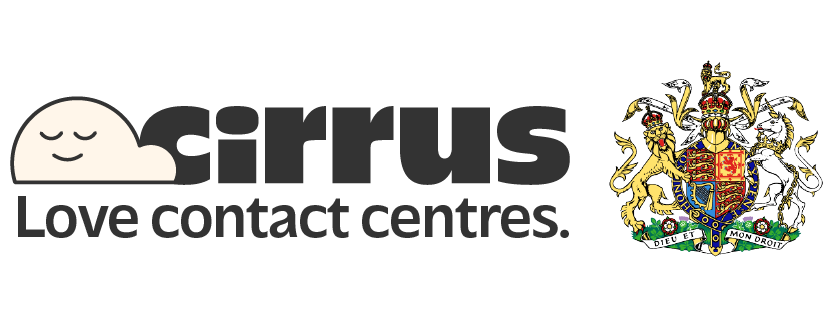What is the response rate?
Response rate is a measurement used to understand how many people answered a survey, completed a form, or responded to a communication out of the total number invited. It is often expressed as a response rate percentage. For example, if 500 people received a feedback form and 125 responded, the response rate would be 25%.
Understanding this figure helps businesses assess how effective their outreach, feedback collection, or support strategies are. Whether you are measuring customer satisfaction, running campaigns, or conducting internal surveys, the response rate provides a reliable gauge of engagement.
The use of a response rate
The use of a response rate is widespread across sectors. Contact centres rely on it to evaluate how many customers interact with surveys after a support call. Educational institutions might measure how many students reply to course feedback forms.
Retail businesses assess the rate to refine marketing efforts, and government and healthcare sectors apply it in national survey efforts to evaluate service delivery.
In every case, a strong response rate helps identify what survey channels or collection activities are working and where improvements may be needed. It contributes to better resource planning and helps adjust communication methods to achieve higher survey participation.
How to calculate a response rate
To calculate a response rate, use this simple formula:
Response Rate (%) = (Number of Responses / Number of Invitations Sent) x 100
For example:
- Invitations sent: 1,000
- Responses received: 300
Response Rate = (300 / 1,000) x 100 = 30%
This calculated response rate can be monitored through tools integrated with CRM systems or workforce optimisation platforms.
You may also consider unit response rates or partial interviews when evaluating response quality. Using a survey response calculator tool can help determine the margin of error and sample size requirements.
Response rate vs. completion rate
While these two metrics may sound similar, they measure different aspects of survey performance.
- Response rate refers to the number of survey respondents who start a survey.
- Completion rate focuses on those who complete the entire survey flow.
Imagine a feedback form sent to 100 users:
- 60 users open and start the form (60% response rate)
- 45 complete it fully (45% completion rate)
Understanding both offers valuable insights into how well the survey design is working. Platforms with omni-channel functionality help gather this data across modes of surveys.
Examples of a response rate
- A higher education institution sends an academic survey to 2,000 students. Six hundred responses have been received. That’s a 30% response rate.
- A retail company emails a promotional offer to 10,000 customers. If 2,500 customers click through and respond, the percentage of people who engaged is 25%.
- In the housing sector, 800 tenants are contacted for maintenance feedback. If 560 respond, that results in a 70% housing unit response rate.
These examples illustrate how response rates vary depending on survey invitation method, sample size, and type of survey.
What is a good response rate?
A good response rate depends on the distribution channel, survey type, and audience. Here are common averages:
- Email and web-based surveys: 20% to 30% is considered an average survey response rate.
- Phone or in-person surveys often exceed 60%.
- External surveys may have lower rates due to limited familiarity.
Factors such as demographic factors, survey language, and the number of follow-up contacts (such as 1 and 2 follow-up contacts) can all affect engagement. Business process outsourcers and not-for-profit services often track response rates over time to assess the quality of feedback.
Ways to improve your response rate
Improving your response rate requires planning and the use of advanced tools. Here are ways to enhance participation:
- Craft a clear cover letter: state the purpose and estimated time clearly.
- Use survey templates: help standardise and streamline survey implementation.
- Make surveys mobile-friendly: especially important for online surveys.
- Use mixed-mode surveys: combining mail surveys with web-based surveys increases flexibility.
- Time your survey invitation: avoid survey fatigue by choosing the right time period.
- Incentivise participation: offering gift cards or a gentle nudge can help.
- Test survey flow: avoid a poor survey experience with clear, logical navigation.
- Limit open-ended questions: too many can discourage completion.
Automated tools like AI-powered agent support can help tailor how agents interact with each customer, making conversations more relevant and effective. Accessible design, supported by accessibility tools, avoids nonresponse bias.
What is the difference between a response rate and a completion rate?
The difference between these two metrics is subtle yet significant:
- Response rate measures how many people start a survey or activity.
- Completion rate reflects how many follow through entirely.
Low completion with high initial response often suggests an issue with survey questions or length. Reviewing these rates by month and by customer segment can uncover key factors impacting survey performance. Pairing this analysis with Microsoft Teams integration supports team discussions and improvements.
Why response rate matters for contact centres
In contact centre operations, response rates inform staffing, outreach methods, and service refinement. They help leaders:
- Spot insights in customer behaviour
- Understand customer feedback from feedback loops
- Refine workforce optimisation planning
- Reduce nonresponse rates in long-term campaigns
When connected with secure payments, tracking response confirms if customer communication around transactions is timely and effective.
Final thoughts
The response rate is not only a reflection of engagement but also of survey quality and delivery. It shapes how businesses gather data, interact with target customers, and adapt service delivery. Using tools like an AI-enabled Contact Centre can also help manage survey timing and outreach across multiple channels.
Paying attention to response rate factors, such as survey design, timing, and channel, enables organisations to spot patterns, reduce sampling error, and extract actionable insights. Whether you are conducting internal reviews like a 360-degree employee evaluation or distributing a patient survey, a solid response rate improves the reliability of your data.
To learn how digital tools can improve your survey response, consider requesting a demo to explore new possibilities.
Your Contact Centre, Your Way
This is about you. Your customers, your team, and the service you want to deliver. If you’re ready to take your contact centre from good to extraordinary, get in touch today.


